The history behind New England’s mysterious stone enclosures
Piled high throughout various New England towns are some ancient-looking stone enclosures. While most have been abandoned for centuries, they actually used to serve an important purpose many centuries ago. Read along to learn about these mysterious stone enclosures and why they still exist today.
They’re Easy To Miss
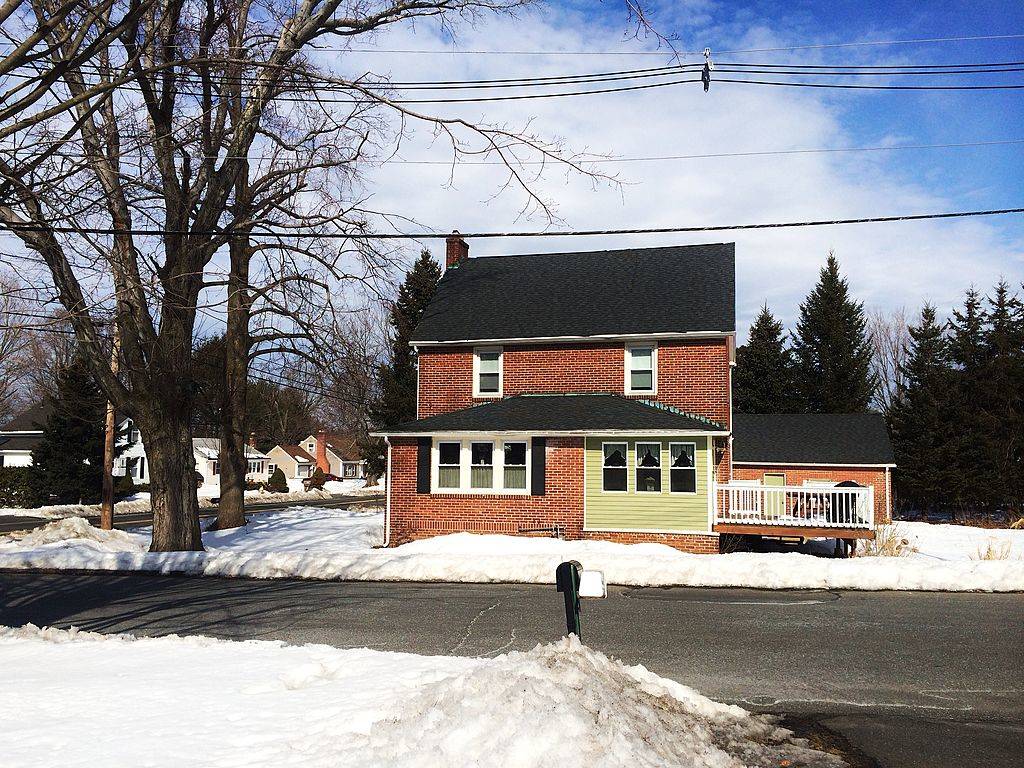
One thing people may miss while in New England are the unique rock and stone walls, which are usually found near main roads.
A woman named Lura Provost knows quite a bit about these formations. She’s the co-president of the Westwood Historical Society and has one of these rock walls close by.
Entering Westwood, Massachusetts
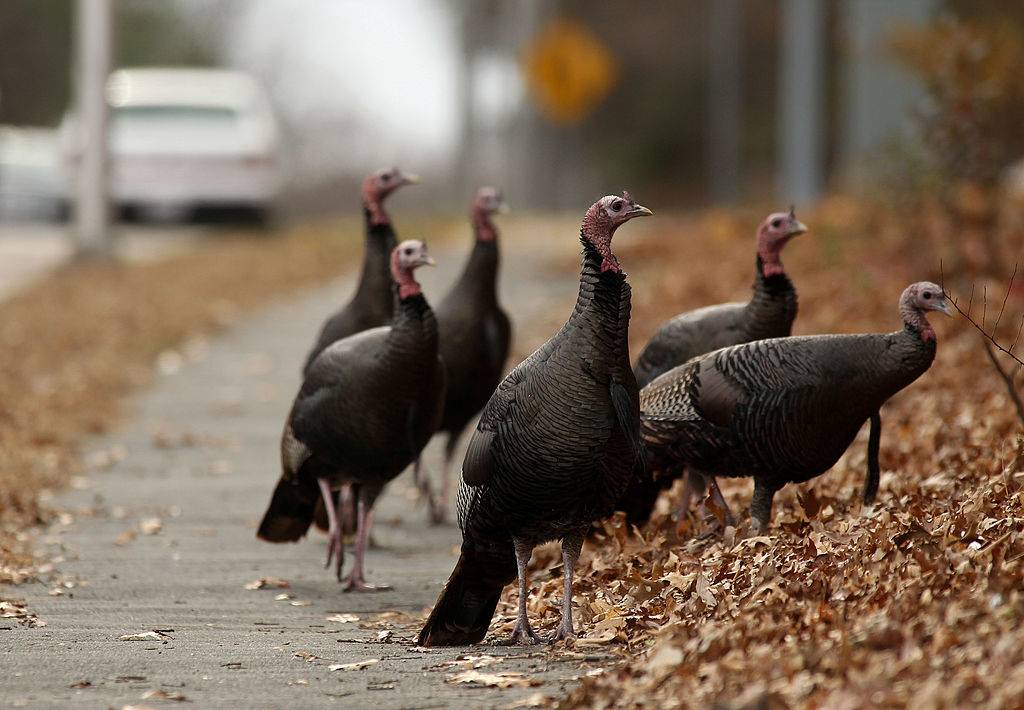
The stone formation near Provost is on High Street in the suburban town of Westwood, Massachusetts. It’s hard to see at first glance, but it stands quite tall at a little over five-feet high.
Provost exclaimed that many people don’t bother to learn about the stones, but she knows there’s a lot of history behind them.
They Date Back To Colonial Times
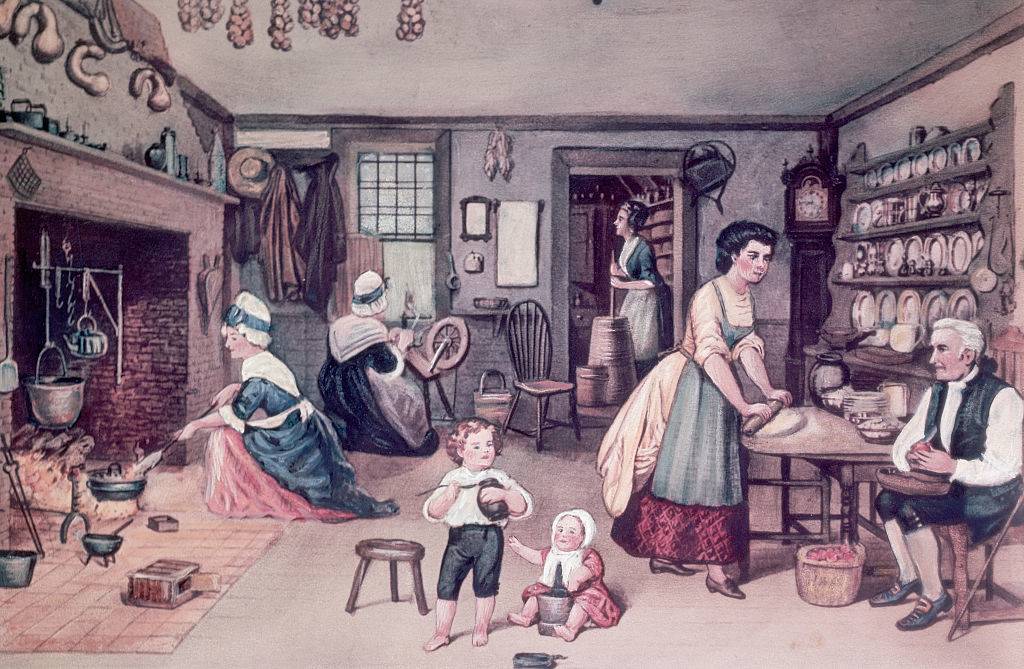
New England has a lot of early American history, so it makes sense that these rock walls date back to colonial times.
Every stone enclosure that has been found is open at the top and usually has a circular or square shape. Most have a gap on the side where a gate would go.
These Enclosures Were Necessary
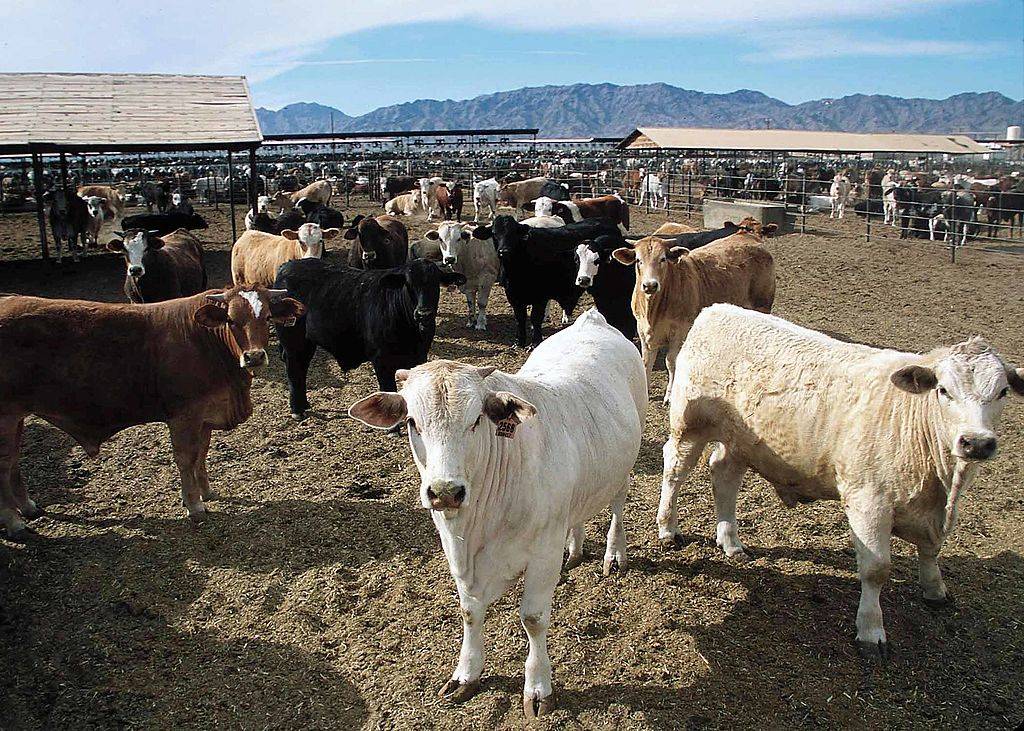
During colonial America, these formations were crucial for a functioning community and were usually required by law. Their proper name is town pounds.
They were given this name because they were a way to fence in livestock. Animals such as sheep, pigs, and cattle were left out to graze around the land.
Animals Were Brought To The Pound

Similar to the idea of dog pounds, livestock were brought to the town pounds if they were found on someone’s private property.
These animals would then be looked after by a town-appointed pound-keeper or pound-master until the owner came to claim them. Owners would need to pay a hefty fee to retrieve their livestock.
Prices Would Vary, Depending On The Animal
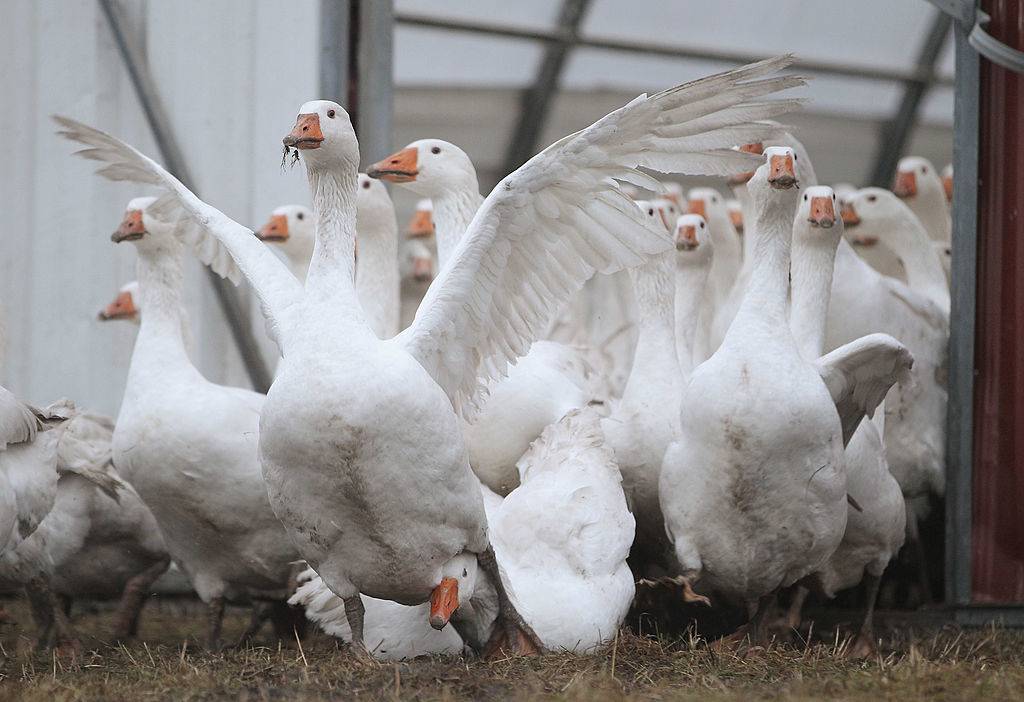
Each animal at a town pound was given a certain amount of days it could stay and be retrieved by the owner for a fee.
For example, horses, mules, cows, and pigs could stay for a few days and be bailed out for a little over 12 cents. Geese could only stay for one day and would cost eight cents.
Don’t Think About Stealing The Animals

With all of these animals left in the town pounds, it may seem tempting to try and steal them. The pound-keeper made sure that didn’t happen and would fine people seven dollars for trying to do so.
If animals were unclaimed, they would later be taken to auction and sold.
Pounds Were Required By Law
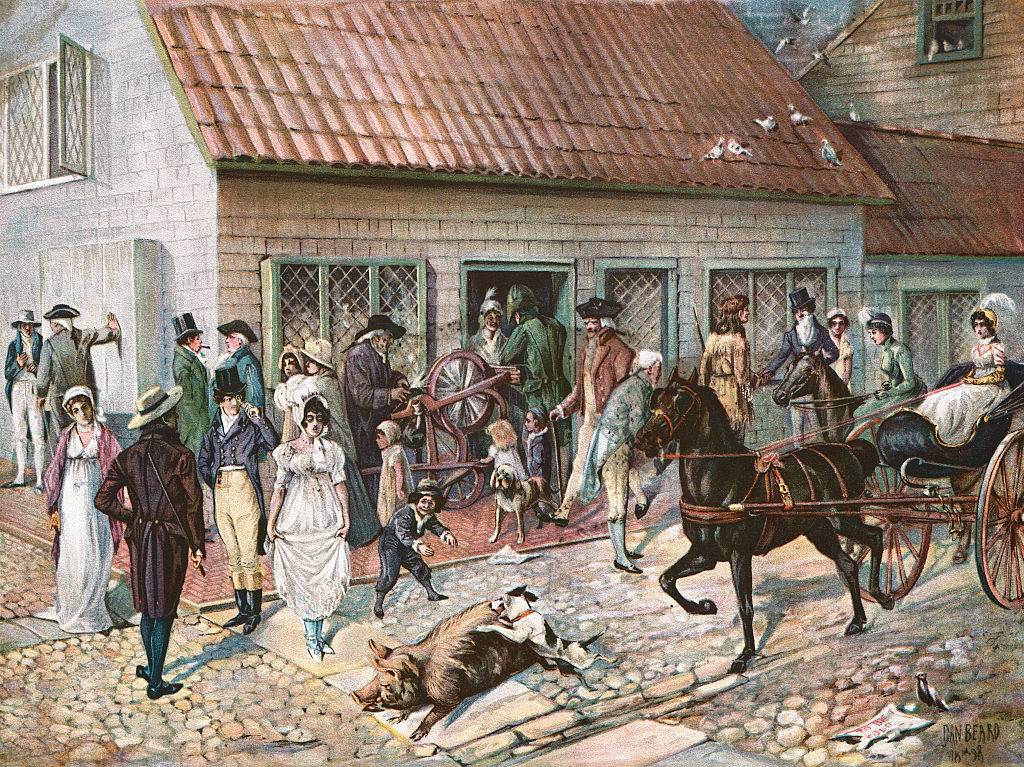
The earliest recording of town pounds was in 1635 when the court of Massachusetts called for towns in the colonies to build them.
Pounds were one of the most important parts of the community and were often discussed and voted on in local town meetings. Also, there were several requirements that needed to be met.
Building A Long-Lasting Pound

Pounds were meant to last and the fact that they’ve been around for well over 300 years proves it. Many colonies had certain guidelines that needed to be met for a proper pound.
For example, Vermont pounds needed to be 30-square-feet with six-foot-high walls that were four feet thick at the bottom and two feet thick at the top.
Crops Needed Animals And Vice Versa
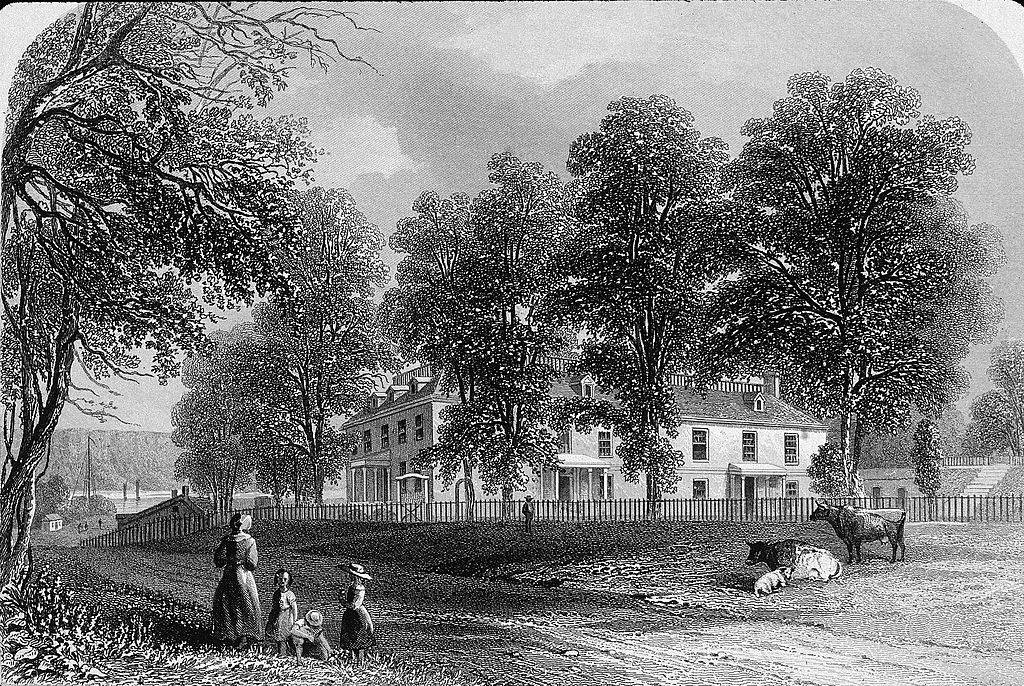
Many farmers went by the saying that a pound needed to be “horse high, bull strong, and hog tight.” Crops needed animals to grow and animals needed crops to survive.
This meant that communities made sure to have people looking after the enclosures at all times. They would hire fence-viewers who would earn two dollars a day to keep watch over the animals.
Town Pounds Started To Dissolve
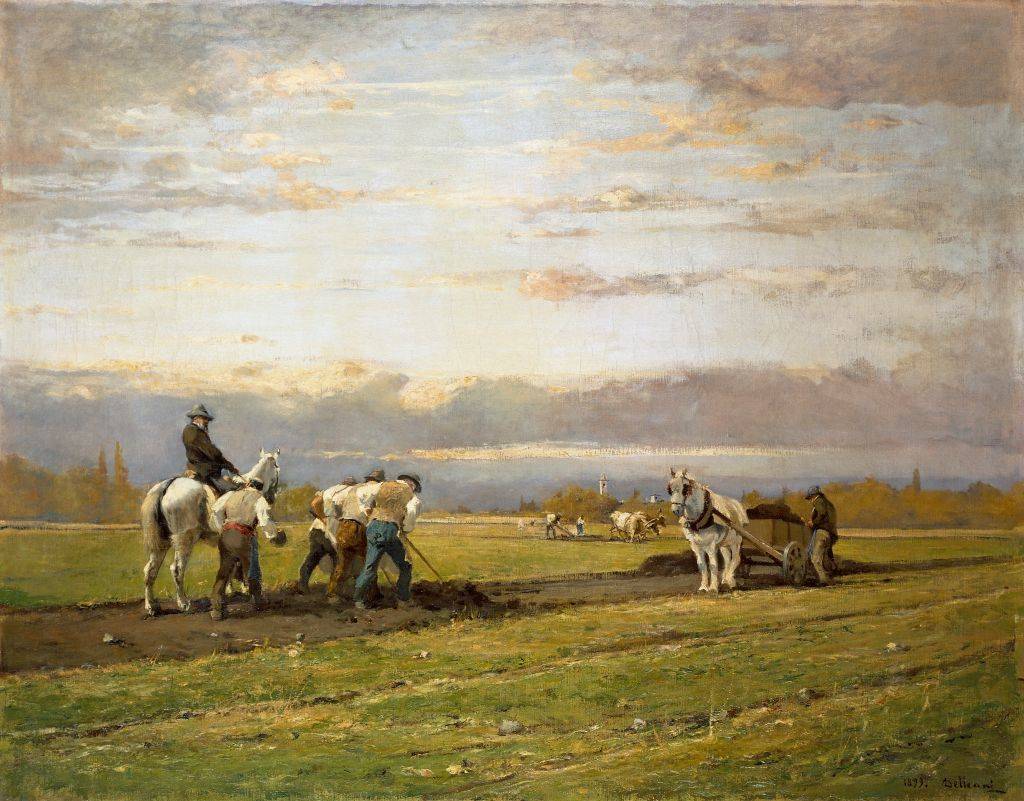
By the late 1800s, there was no longer much of a need for town pounds. The land was starting to be divided and farmers were able to keep their crops and animals on their private property.
The majority of the pounds have been removed, but the ones that still remain are a symbol of early American life.
People Lost Interest
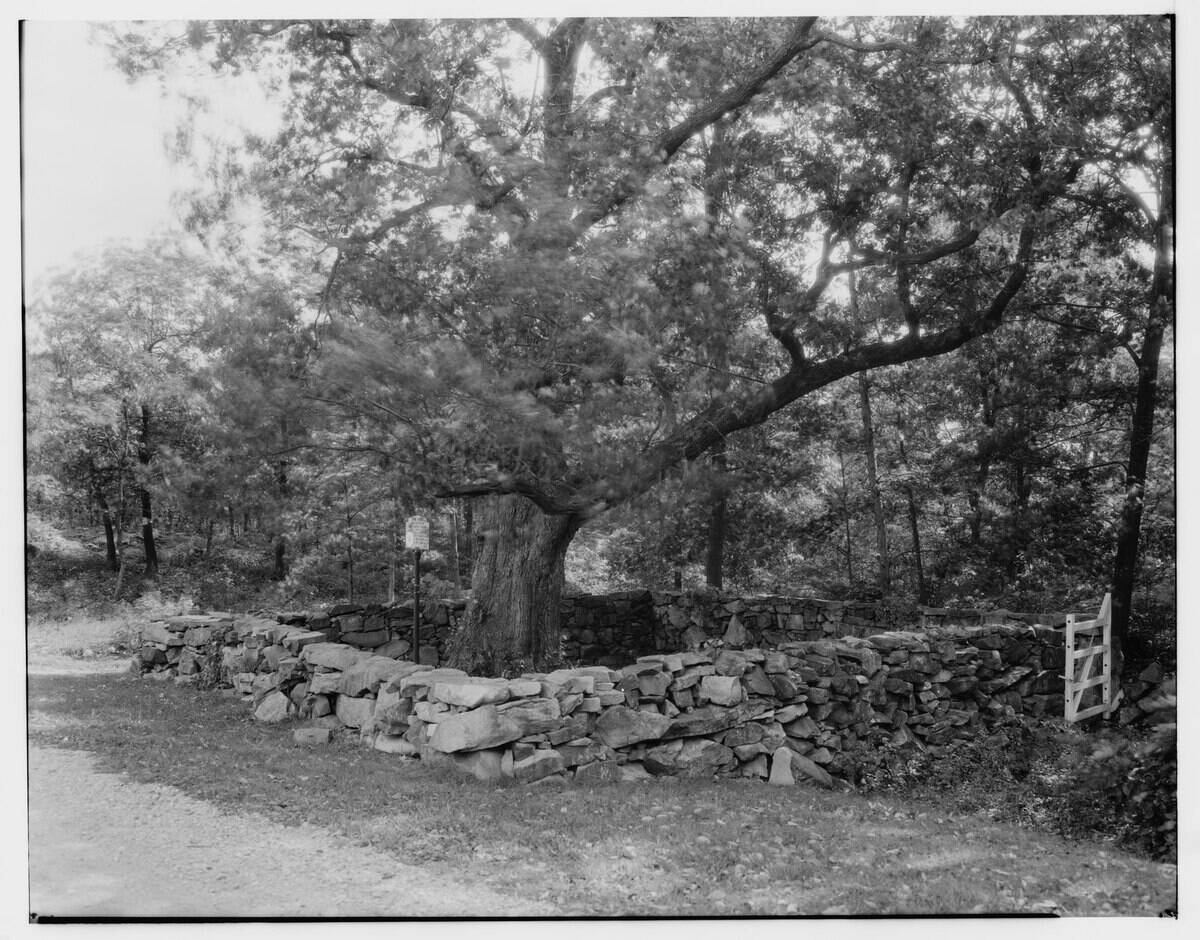
One of the most prominent town pounds that’s still around is the one in Westwood, Massachusetts. It’s shown on their town seal that depicts a stone square with an oak tree.
Even though this pound was built in 1700, Provost admitted that barely anyone asks her about it. She believes people in Westwood don’t have much interest in history.
Pounds Built The Foundation For Modern Life

According to Gleason, the erection of the Ye Olde Voluntown pound in Sterling, Connecticut, led to the creation of multiple pounds across other areas of New England. Once these areas had a pound, they would start wanting their own church, school, and more.
Pounds became a foundation upon which modern roads, governments, and laws are made.
Some Towns Try To Keep Their Pounds Alive
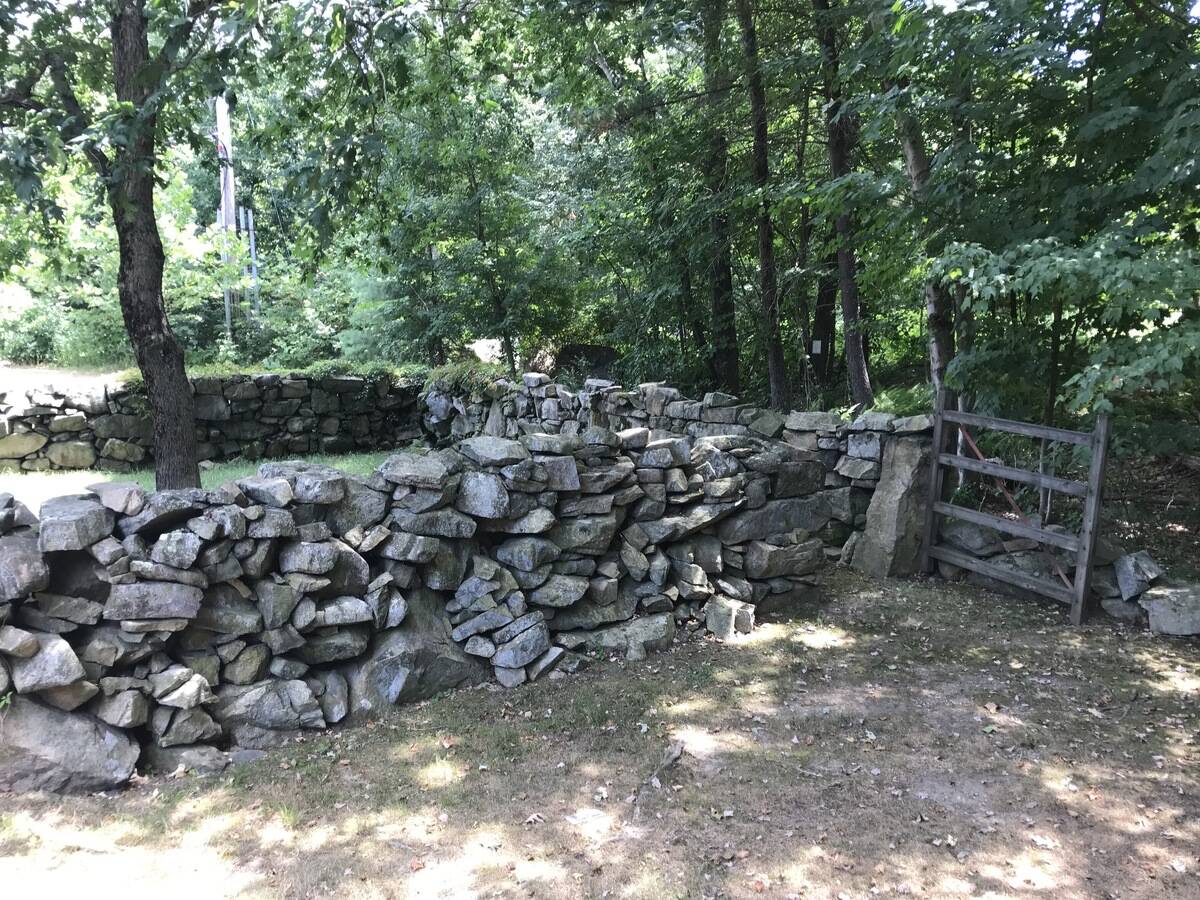
While pounds are mainly a thing of the past, cities across New England have fun traditions where they try and keep the culture alive.
Westwood, Massachusetts and Hampton Falls, New Hampshire still appoint a pounds-keeper. Hampton Falls also named their governor and his wife hog reeves, which were people who took care of rogue swine.
How Many Town Pounds Still Exist?
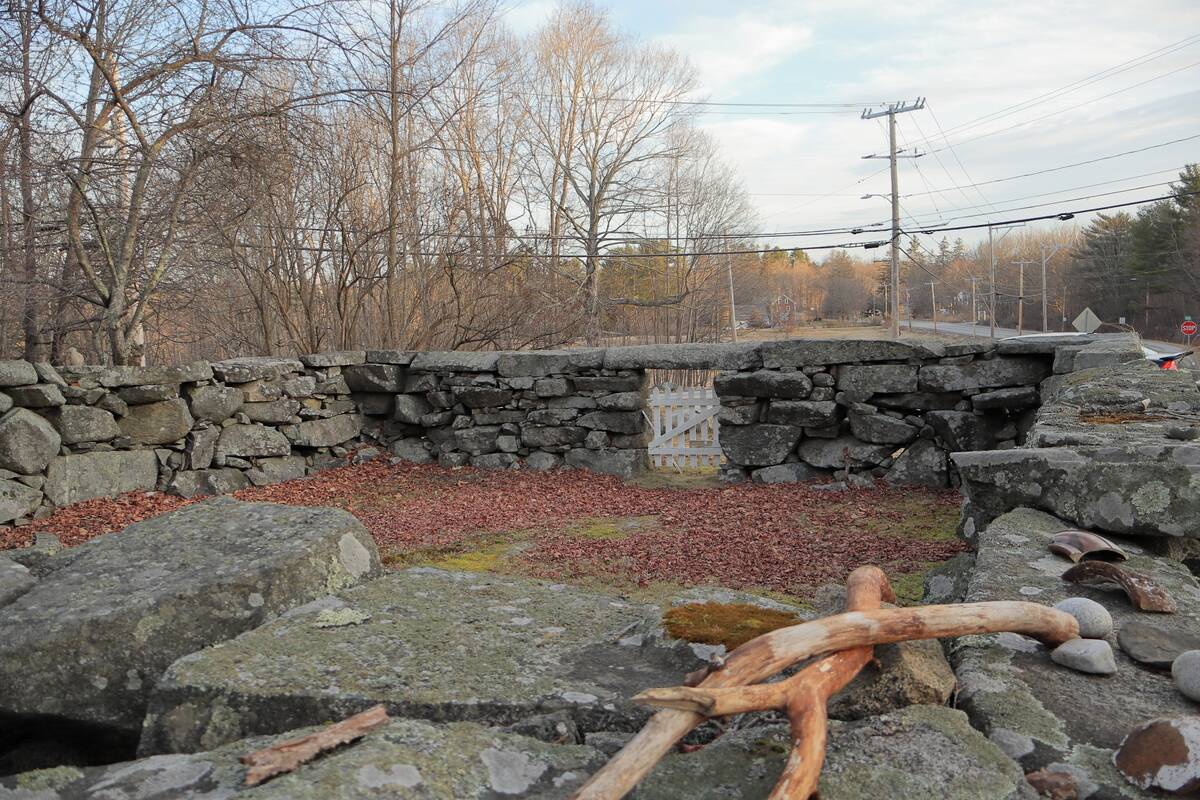
While there are very few town pounds left in the United States, the ones that still exist help people understand the history behind them.
There are only about 100 pounds left in the New England area, but there are some in other parts of the U.S. and world.
There Could Be More Out There
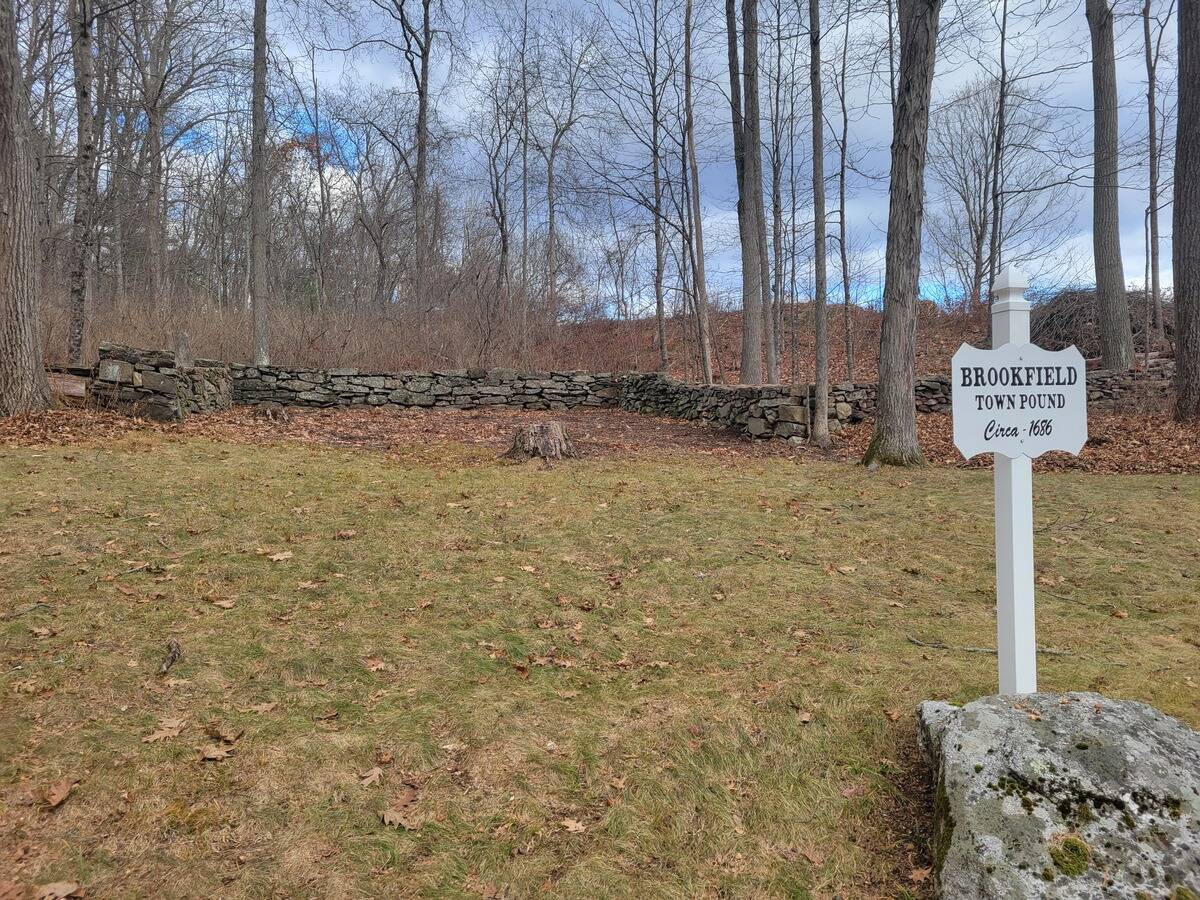
Pounds are not as nearly as prevalent as they used to be during colonial times, but they aren’t completely extinct.
There may be many more out there that have become hidden or buried under trees, vines, or other rubble. Some people actively spend time trying to find pounds and will report their findings online.
A Pound In Your Own Backyard

Since pounds are not completely obsolete, it may be possible for people to find one in their own town.
These once thriving structures allowed farmers to find their important livestock, which was essential to the well-being of the community. The fact that about 100 of these are still intact allows them to be part of present-day America.



